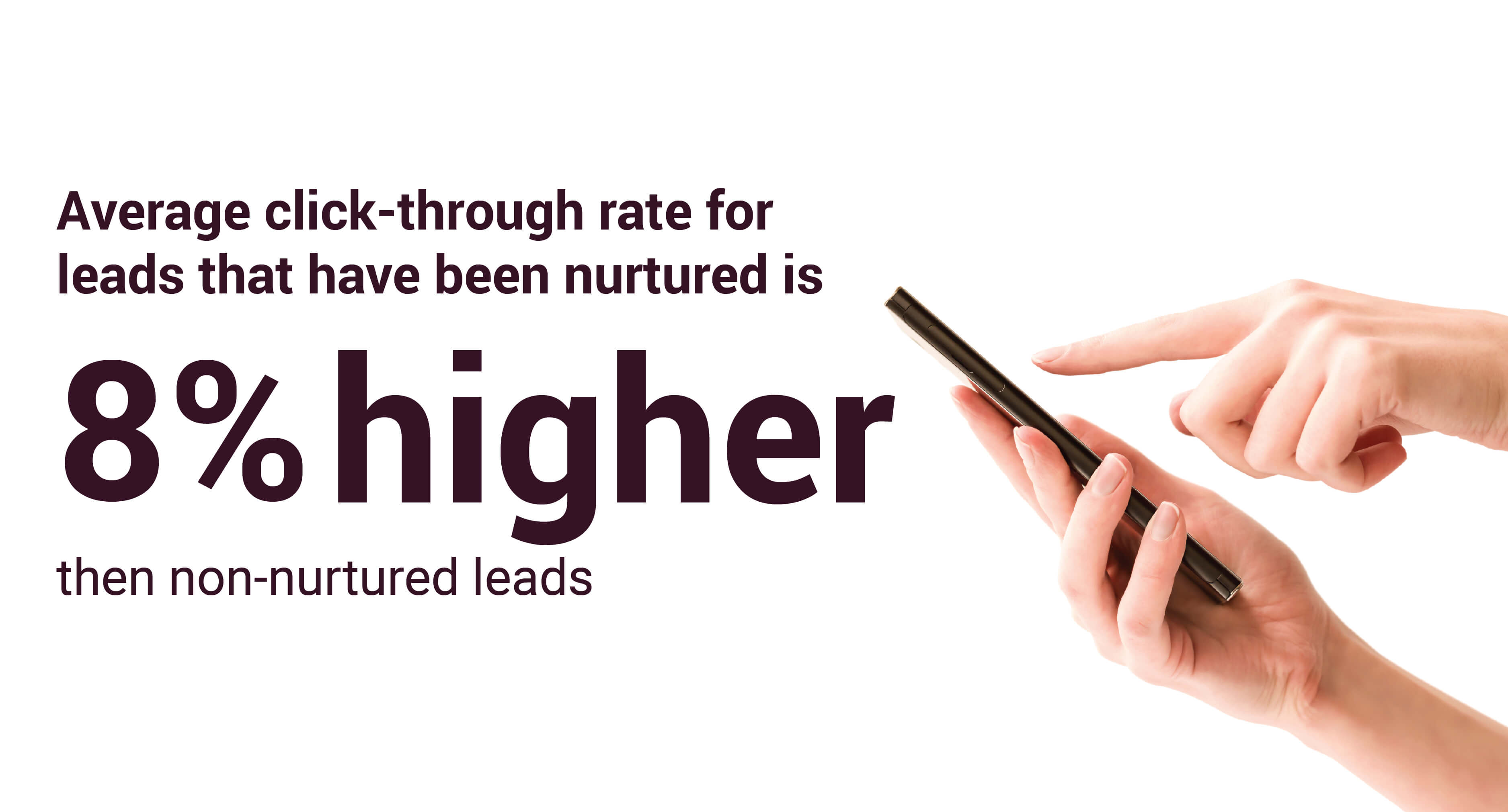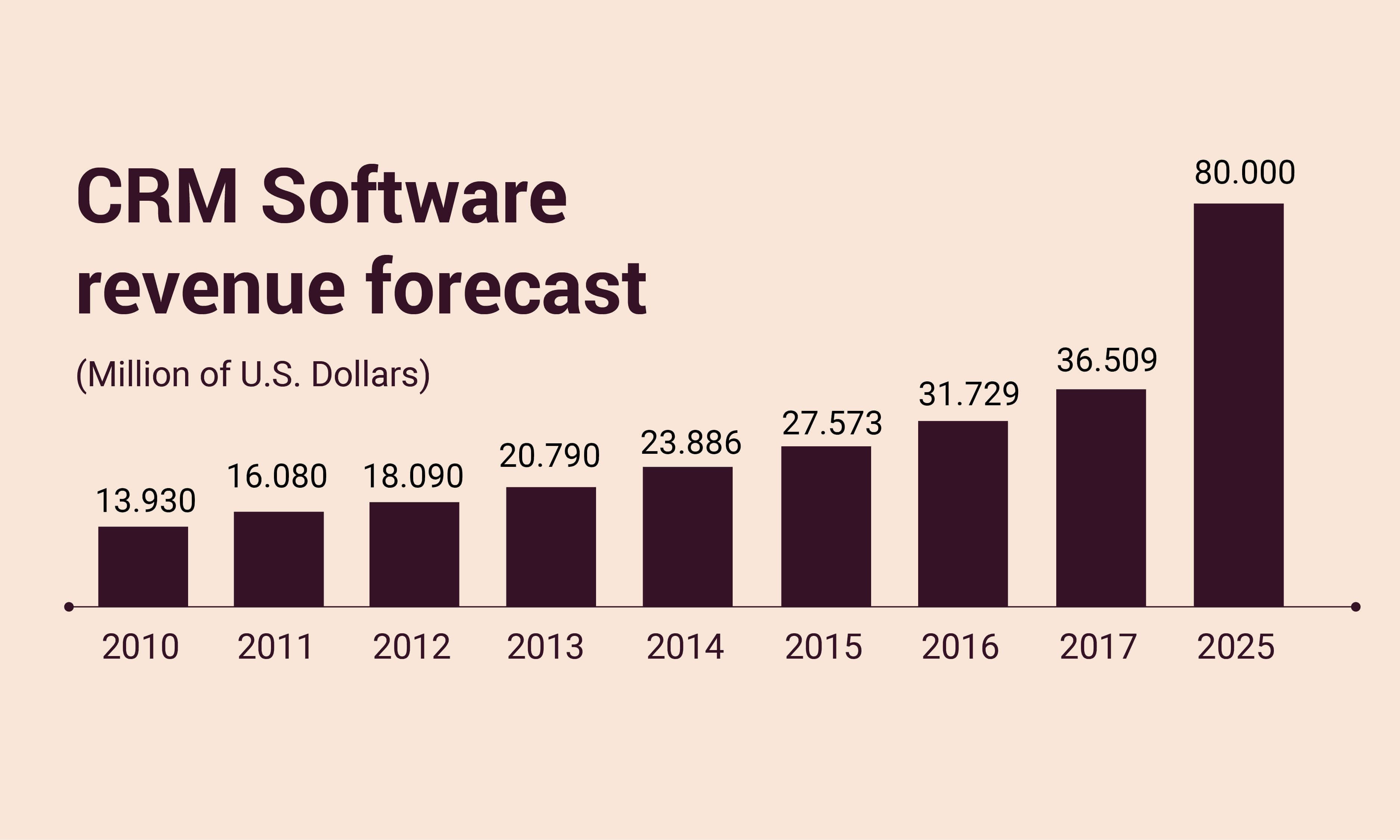
B2B Demand Generation: 10 Time-Tested Strategies
What’s the driving force propelling success within your B2B enterprise? It’s demand generation. In fact, 80% of business decision-makers prefer to get company information in a series of articles.
This statistic suggests that content-driven strategies – a part of demand generation efforts – play a significant role in influencing decision-makers.
What’s Demand Generation?
It’s a comprehensive marketing funnel strategy and a suite of activities meticulously crafted to create interest and demand for your products/services among target clients.
Demand generation aims to generate awareness and culture leads until they're prepared to engage with your sales team and ultimately become paying customers.
Starting with identifying unaware potential customers, the process guides them through stages, from introduction to conversion, creating loyal customers.
However, today’s customers exhibit mutable behavior. As such, traditional demand generation methods may not suffice to capture their attention.
In fact, 43% of marketers say their demand generation initiatives need improvement, up from 30% the previous year.
Hence, you should think about advanced strategies that align your business with prevailing trends. It helps ensure relevance and resonance with your target audience.
Let’s check out ten innovative twists on proven demand generation strategies – to ascertain your firm’s growth:
10 Fresh Perspectives on B2B Demand Generation
Let’s explore ten highly efficient and forward-thinking demand generation strategies to ensure the sustained success of your company:
1. Reinvent Demand Funnel Frameworks
What’s the objective of demand generation funnel frameworks? It is to initiate demand creation at every phase of the sales funnel.
This approach may exhibit some nuances depending on your business and its clientele. However, the ultimate goal remains consistent.
As such, design your marketing and advertising endeavors to engage individuals across different stages of the demand generation pipeline. The phases should span from discovery to conversion.
- Devise Prospecting Campaigns: Tailored them to your primary audience for the initial funnel stages. It helps establish awareness of your product or service.
- Use CRM Metrics: Employ CRM (Customer Relationship Management) data for mid-funnel Account-Based Marketing (ABM) initiatives.
- Leverage Pixel Data: Use these metrics toward the bottom of the funnel. Retarget individuals who have browsed your website but have not yet undergone the conversion process.
2. Rethink Lead Nurturing Strategies
Companies that nurture leads make 50% more sales for 33% less than non-nurtured leads.

So, reassess and refine your lead nurturing process. Ideally, your marketing team should collaborate with the sales team throughout the customer journey. Plus, they should focus on creating content that effectively addresses target customer inquiries. In short,
- Your marketing team creates diverse content types. Additionally, marketers strategize the optimal distribution of relevant content to individuals at similar stages.
- Your sales team actively guides individual leads through the sales pipeline.
Let’s say a customer is contemplating purchasing your product but has not yet arranged a meeting with a sales representative. Here, strategically designed demand generation content could serve as the catalyst, prompting them to schedule a demo.
This synergy between marketing and sales ensures a cohesive approach to nurturing leads. As such, it drives them toward meaningful interactions with your sales team.
3. Merge Automated Tasks with CRM
CRM software – the most significant software market in the world – is expected to reach $80+ billion by 2025. And this growth is for good reason.

Customer Relationship Management (CRM) enables you to gather and structure information about potential leads and existing clientele.
A CRM tracks every customer interaction, spanning email and social media – delivering a deep understanding of your audience. Access to such data empowers your sales team to refine pitches and tailor follow-up meetings.
On the other hand, marketing automation targets qualified leads based on their position in the sales pipeline.
Now, when you integrate automation with CRM, you ensure consistent engagement with interested leads. Hence, you can guide them methodically through the sales funnel.
This approach delivers supplementary information to those exploring your offerings. Plus, it provides timely reminders for those yet to complete the conversion process.
4. Augment Lead Scoring Approaches
Do you rely solely on website interactions for lead scoring? If yes, you must also consider other factors, such as:
- Social media engagement
- Email interactions
- Advanced website analytics
Also, solicit feedback from your team regarding their methodologies for qualifying interested leads during phone calls and on-site visits.
Additionally, engage with existing customers– to get another layer of understanding:
- Inquire about how they discovered your business.
- Ask about the factors that influenced their decision to choose your products or services.
By amalgamating this diverse set of information, you can construct a comprehensive matrix. This matrix becomes a powerful tool for enhancing lead qualification, considering online and offline interactions.
Subsequently, you can craft targeted B2B demand generation tactics tailored to each prospect’s unique profile. This holistic approach ensures your strategies resonate with prospects across various touchpoints.
5. Redesign Event Marketing for Authority Building
47% of event marketers say in-person events have the highest ROI.

Events focused on demand generation are specifically designed to showcase the inherent necessity of your product or service.
Therefore, organize trade shows, conferences, and other exclusive events for your top-tier customers. They serve as excellent avenues for demand generation.
During these events, host sessions that share details of the challenges addressed by your company. The key here is not to overtly sell your product but rather to illuminate the reasons behind its demand.
This approach goes beyond traditional sales tactics. Hence, it positions your product as a sought-after solution based on its merit and relevance to the challenges at hand.
6. Optimize Account-Based Marketing (ABM)
ABM enables you to tailor campaigns according to the unique needs and characteristics of each account.
Here, you can introduce this tactic. Leverage the CRM data accumulated over time to craft messaging that resonates precisely with individual leads or specific groups.
But don’t presume that generic prospecting messages will suffice for someone further along the purchase funnel.
Instead, view this strategy as an opportunity to engage in meaningful conversations with potential customers. By using personalized messaging,
- Address their specific concerns
- Showcase the relevance of your product or service to their needs
- Ultimately, it guides them toward a favorable decision
7. Maximize Social Media Engagement
68%of marketers say social media marketing has helped them generate more leads
Monthly Google searches for “social media marketing” have increased by 1,900% over the past five years.
It is anticipated that this trend will continue its upward trajectory.
At present, you must already have a social media strategy in place. However, there is an opportunity to refine your demand generation tactics here as well:
- Adopt a constructive approach. Analyze your most popular posts to discern which topics resonate and spark engagement.
- Actively engage with individuals who interact with your content on social media.
- Respond with personalized content to acknowledge their engagement. It lets you establish an avenue to create demand for your products or services.
This real-time, personalized interaction establishes a connection, positioning your brand favorably in the minds of potential customers. As such, it contributes to the effectiveness of your overall demand generation strategy.
8. Enhance Content Marketing Tactics
85% of B2B marketers use content to generate leads as opposed to just 60% of B2C marketers.
Content marketing has always been a proven approach to articulating details about your product or service.
Now, when devising your content strategy, give strategic emphasis on lead scores.
Diversify your content creation efforts, ranging from general prospecting materials to addressing specific and frequently asked questions.
Tailor your content to the distinct needs of those already acquainted with your brand and seeking more nuanced information – as opposed to potential customers who may be unfamiliar with your company.
This approach ensures relevance, engagement, and a cohesive narrative that resonates with varying stages of your audience's journey.
9. Elevate Email Marketing Tactics
You may have already automated opt-in emails and follow-up emails for your B2B demand generation strategy.
However, you can expand the scope of email marketing further by crafting comprehensive content such as:
- White papers
- Infographics
- Relevant materials
– for distribution to highly interested leads.
Beyond the initial automated responses, send personalized messages to leads who engage with your emailed resources.
As such, you foster a deeper understanding of the product's relevance. Thereby, these tailored messages contribute significantly to:
- Guiding potential customers through the sales funnel And
- Nurturing leads toward conversion
10. Measure and Iterate
Once you've launched your B2B demand generation campaigns, evaluate their effectiveness. Monitor key performance indicators (KPIs) to gauge whether your campaigns are hitting the mark.
Here are some pertinent marketing metrics and KPIs to assess the success of your campaigns:
- Percentage of closed sales
- Conversion rates throughout the sales funnel
- Cost Per Acquisition (CPA)
- Cost Per Lead (CPL)
- The volume of qualified leads
- Average dollar value per deal
- Customer Lifetime Value (CLV)
If your demand generation tactics yield positive outcomes, you should observe favorable shifts in these numbers. For instance, your CPA and CPL should decrease.
Regularly analyzing these KPIs provides actionable insights. It allows you to improvise on your current demand generation strategies.
Closing Thoughts
Demand generation is rapidly evolving to become a pivotal element in B2B marketing. It serves as a dynamic strategy to educate potential customers about your business and showcase the comprehensive value you bring to them.
Now, if you aim to enhance your market presence further, you can seek guidance from Revnew’s experts. Contact us now to explore the transformative possibilities that our team can offer to boost your demand generation efforts.




